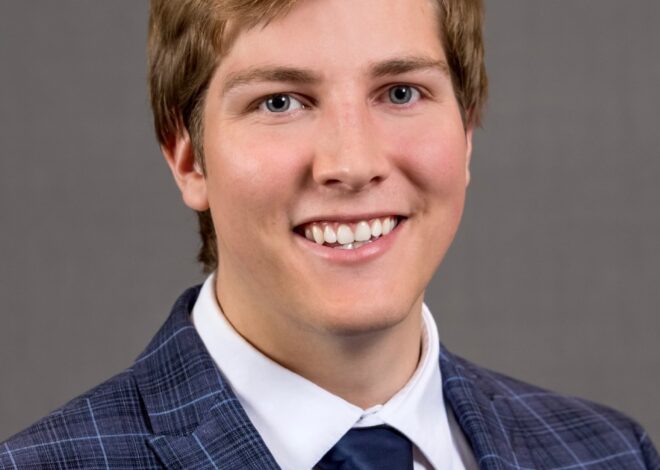State of women
In part one of this four-week series about women’s issues, The Volante focuses on a report that evaluates South Dakota’s women workforce and its relation to the University of South Dakota.
South Dakota received an “F” on a report by The Center for American Progress exploring “The State of Women in America.”
The report, released last month, ranked South Dakota 43 out of the 50 states on 36 factors of the economy, leadership and health.
For the University of South Dakota, the latest evaluation of South Dakota’s attention to gender equality could have dire consequences on more than half of the student body.
Economic Security
In the category of economic security South Dakota received a “D” rating.
Women make up about half of the workforce, according to the U.S. Equal Employment Opportunity Commission.
But women only make $0.77 to a man’s $1 as a national average according to the report. In South Dakota, the average is $0.78 to a man’s $1.
“I think that is a bad thing,” said Megan Lueders, manager of employer relations at USD. “I feel like everybody, if they are equally qualified, regardless of gender or race, should be getting paid the same amount.”
The non-partisan organization also looked at if the minimum wage were raised to $10.10 an hour, they estimate 57 percent of women in the state would be affected by the change.
In all 36 factors, a discrepancy of race was seen. With poverty — 14.5 percent of women overall are in poverty in the state, but 48.6 percent of Native American women and girls are living in poverty in South Dakota according to the report.
“The best thing employers can do is look at the qualifications of the person. It would almost be best if you could not include their name on the resume,” Lueders said.
South Dakota does not have laws establishing a program for paid family leave insurance, temporary disability insurance or paid sick leave laws.
Leadership
Overall, South Dakota was ranked 47 out of 50 states for female leadership in the public and private sector.
The number of seats in U.S Congress held by women representing South Dakota is 33.3 percent, with Rep. Kristi Noem as South Dakota’s lone House representative and both U.S. senators being male.
Annette Bosworth is a physician and candidate for the 2014 U.S. Senate election. She is also an alumna of USD.
“When you look at a cultural trend for anything there needs to be role models,” Bosworth said. “As South Dakota history unfolds, there have been great women leaders, but not in numbers.”
Bosworth said she believes there is a difference in the Baby Boomer Generation as opposed to “Gen-X.”
“In the baby boomer, your leadership is the person who is next in line. The person who gets the job in Gen-X is the person who is most qualified,” she said.
In the private sector, 4.2 percent of Fortune 500 CEOs are women according to Catalyst, an organization that supports women in the workplace.
In South Dakota, 30.73 percent of management jobs are held by women according to the report.
Health
The report also looked at laws in South Dakota on women’s health issues. It found there are no laws to strip funding or access to funding for Planned Parenthood or other health care providers.
The Affordable Care Act Marketplace opened Oct. 1 and the Center for American Progress said the marketplace would help 12.9 percent of nonelderly women who are uninsured in the state.
The report also estimated there are 8,000 women to each Obstetrics and Gynecology physicians in the state.
South Dakota was ranked 36 out of 50 for the category of health care in the report.
“I believe South Dakota has room for men and women to collaborate in the political arena, police force and health care,” Bosworth said. “It changes the tone to strengthen and to represent the view of a women.”
Education
While education was not one of the three categories in the study, it is an intuitive by the Obama administration to increase areas of education.
“The HighScope Perry Preschool Study,” a study in education, found people who were enrolled as children in a quality preschool program were more likely to be employed, earn more money and commit fewer crimes.
South Dakota is one of 10 states that does not have an established state pre-k program.
In September 2012, former Secretary of State Hillary Clinton and Valarie Jarrett, adviser to President Barack Obama, launched the Equal Futures Partnership, a collaboration of multiple counties aimed to advance women’s and girl’s economic and political participation.
The focus in the United States is on science, technology, engineering and medicine (STEM) education for girls. A program to meet that goal is Discover Education’s STEM camp, a partnership between Girls Inc. and Discover Education.
In last month’s State of the University address, USD Pres. James Abbott said about 40 percent of students at USD are male.
Abbott said he is still looking to attract females to the University, but would like the percentage of each gender attending USD to be equal.


